Introduction
Sichuan-style sausage, known locally as Chuanwei Xiangchang (川味香肠), is a culinary gem that embodies the bold, complex flavors of China’s Sichuan province. Renowned for its fiery heat, numbing Sichuan peppercorns, and aromatic spices, this sausage is a staple during winter festivals and family gatherings. Crafting the perfect 川味香肠 requires patience, precision, and an understanding of how to balance its signature麻辣 (málà) flavors—a harmony of spicy and numbing sensations. This guide will walk you through the entire process, from selecting the finest ingredients to mastering the curing and cooking techniques that elevate this dish from ordinary to extraordinary. Whether you’re a seasoned home cook or a curious novice, this article will equip you with the knowledge to create sausages that rival those found in Sichuan’s bustling markets.
Historical and Cultural Significance
The tradition of making cured meats in Sichuan dates back centuries, rooted in the region’s need to preserve food during humid summers and harsh winters. Sausages, in particular, became a symbol of abundance and festivity, often prepared in large batches ahead of the Lunar New Year. The use of chili peppers and Sichuan peppercorns—ingredients introduced to China via the Silk Road—transformed simple cured meats into fiery delicacies that reflected the province’s adventurous palate. Today, 川味香肠 is not just a dish but a cultural icon, embodying the resilience and creativity of Sichuan’s people. Its popularity has spread globally, with food enthusiasts worldwide seeking to replicate its addictive blend of flavors.

Key Ingredients and Their Roles
The magic of 川味香肠 lies in its meticulously balanced ingredients. Each component plays a vital role in creating the sausage’s signature taste and texture:
- Pork: The base of the sausage, typically a mix of lean meat (like pork shoulder) and fatty cuts (such as back fat). A ratio of 7:3 or 8:2 (lean to fat) ensures juiciness without greasiness.
- Sichuan Peppercorns: These prickly-ash berries provide a citrusy, numbing sensation that defines the dish. Toast them lightly before grinding to release their aroma.
- Chili Flakes: Dried red chilies, often a blend of spicy and aromatic varieties like Erjingtiao and Chaotianjiao, contribute heat and color. Adjust the quantity based on your tolerance for spice.
- Salt: Essential for curing and flavor enhancement. Use coarse sea salt for optimal seasoning.
- Sugar: A touch of granulated sugar balances the heat and adds caramelized notes during cooking.
- Garlic and Ginger: Freshly minced, these aromatics add depth and complexity.
- Soy Sauce: Light soy sauce contributes umami and a subtle salinity.
- Rice Wine: Shaoxing wine or a similar cooking wine tenderizes the meat and imparts a mild sweetness.
- Curing Salt (Optional): Prague Powder #1 (a mix of salt and sodium nitrite) preserves color and inhibits bacterial growth. While traditional recipes may omit it, modern cooks often use it for safety.
- Natural Casings: Hog or sheep intestines, rinsed thoroughly, provide the classic snappy texture. Synthetic casings are a convenient alternative.
Preparing the Meat: Selection and Cutting
The quality of your sausage begins with the meat. Opt for fresh, high-welfare pork with visible marbling. Freeze the meat slightly (30 minutes) before cutting to firm it up, making slicing easier.
- Lean Meat: Trim excess sinew and cut into 1-inch cubes or thin strips. Avoid over-processing, as mincing can create a pasty texture.
- Fat: Dice the fat into smaller pieces than the lean meat to ensure even distribution. Fat prevents the sausage from drying out during curing.
Chill the meat again after cutting to maintain a low temperature, which is crucial for preventing bacterial growth.
The Art of Seasoning: Balancing Flavors
Seasoning is where the sausage’s character takes shape. Combine the ingredients in a large bowl, ensuring even coating:
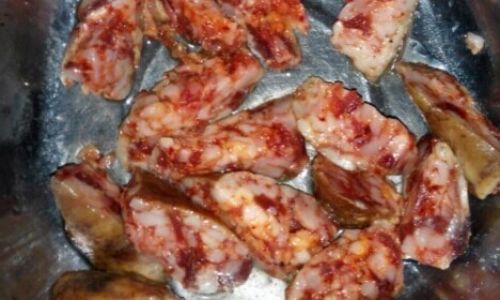
- In a dry pan, toast Sichuan peppercorns over low heat until fragrant. Grind them coarsely using a mortar or spice grinder.
- Mix the pork, fat, ground peppercorns, chili flakes, salt, sugar, minced garlic, ginger, soy sauce, and rice wine.
- For a deeper flavor profile, let the mixture marinate in the refrigerator for 4–6 hours. This allows the spices to penetrate the meat.
Stuffing the Casings: Techniques and Tips
Stuffing requires patience and the right tools. A sausage stuffer attachment for a stand mixer or a manual hand-crank stuffer works best.
- Soak natural casings in warm water for 30 minutes to soften. Rinse thoroughly to remove salt.
- Slide the casing onto the stuffer nozzle, leaving a few inches hanging. Tie a knot at the end.
- Feed the meat mixture into the stuffer, using one hand to guide the casing and the other to control the speed. Avoid overstuffing, as this can cause the casing to burst.
- Twist the sausage into links of your desired length (6–8 inches is standard). Ensure each link is tightly sealed to prevent air pockets.
Curing and Drying: Patience is Key
Curing develops the sausage’s flavor and texture while preserving it. Hang the sausages in a cool, well-ventilated area (ideally 50–60°F/10–15°C with 60–70% humidity).
- Initial Drying: For 24–48 hours, until the casings feel tacky. This step allows the meat to form a pellicle, a sticky surface that aids in smoke adhesion (if smoking).
- Long-Term Curing: Hang for 1–2 weeks, depending on ambient conditions. The sausages are ready when they’ve lost 30% of their weight and feel firm yet pliable.
Smoking (Optional): Adding Depth of Flavor
Smoking is optional but highly recommended for a complex, smoky aroma. Use fruitwoods like apple or cherry, or hardwoods like oak.

- Preheat your smoker to 80–90°F (27–32°C).
- Hang the sausages, ensuring they don’t touch. Smoke for 2–4 hours, maintaining a consistent temperature.
- Avoid excessive smoke, which can impart bitterness.
Cooking Methods: From Steaming to Stir-Frying
Once cured, 川味香肠 can be prepared in multiple ways:
- Steaming: Place sausages in a steamer basket over boiling water. Steam for 20–25 minutes until cooked through. This method preserves moisture and intensifies flavors.
- Pan-Frying: Slice the sausage thinly and fry in a dry pan over medium heat until the fat renders and the edges crisp. Serve as a snack or topping for rice.
- Stir-Frying: Toss sliced sausage with vegetables like garlic sprouts or bell peppers for a quick, flavorful meal.
- Simmering: Add sausages to soups or stews during the final 15 minutes of cooking for a savory broth.
Serving Suggestions and Pairings
川味香肠 shines when paired with contrasting textures and flavors:
- Rice Bowls: Serve sliced sausage over steamed rice with a fried egg and pickled vegetables.
- Appetizer Platter: Arrange with cured hams, olives, and crusty bread for a charcuterie board with an Asian twist.
- Noodle Dishes: Toss with fresh noodles, sesame oil, and blanched greens.
- Beer Pairing: The sausage’s spice and fat pair beautifully with a crisp lager or wheat beer.
Storage and Shelf Life
Properly cured and dried sausages can be stored for months:
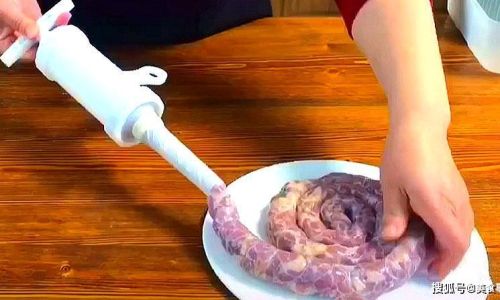
- Refrigeration: Wrap tightly in parchment paper and store in an airtight container for up to 3 months.
- Freezing: Vacuum-seal and freeze for up to 1 year. Thaw in the refrigerator before cooking.
Common Mistakes to Avoid
- Over-Seasoning: Taste the meat mixture before stuffing and adjust seasonings gradually.
- Incorrect Meat Temperature: Ensure the meat remains below 40°F (4°C) during preparation to prevent bacterial growth.
- Rushing the Curing Process: Patience is essential for flavor development and food safety.
- Overcooking: Steaming or pan-frying until just cooked preserves juiciness.
Conclusion: The Joy of Homemade 川味香肠
Crafting 川味香肠 is a labor of love that rewards you with a taste of Sichuan’s culinary heritage. Each batch tells a story—of tradition, patience, and the joy of sharing a meal with loved ones. Experiment with spice levels, wood types, and cooking methods to make the recipe your own. Whether you’re a purist adhering to tradition or a modernist blending techniques, the goal remains the same: to create a sausage that tingles the taste buds and warms the soul. So, gather your ingredients, embrace the process, and savor the fiery, aromatic results of your efforts. Your journey to mastering 川味香肠 begins here.
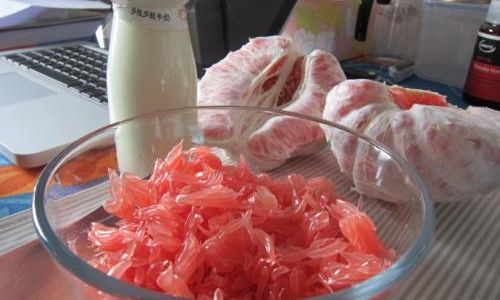
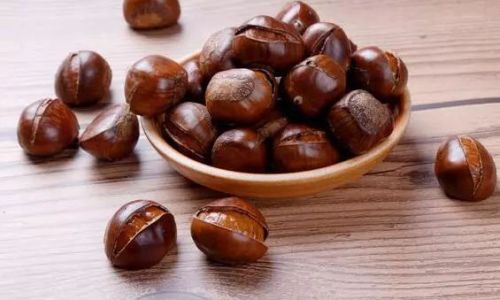

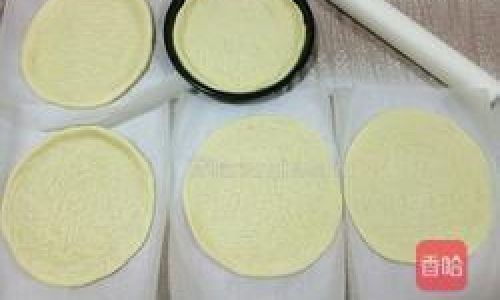
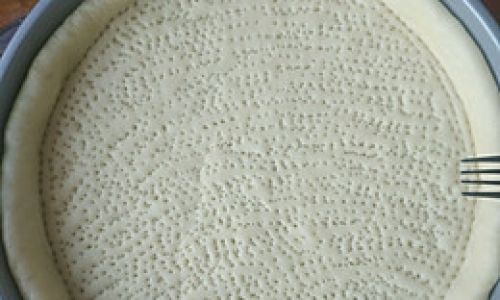
0 comments